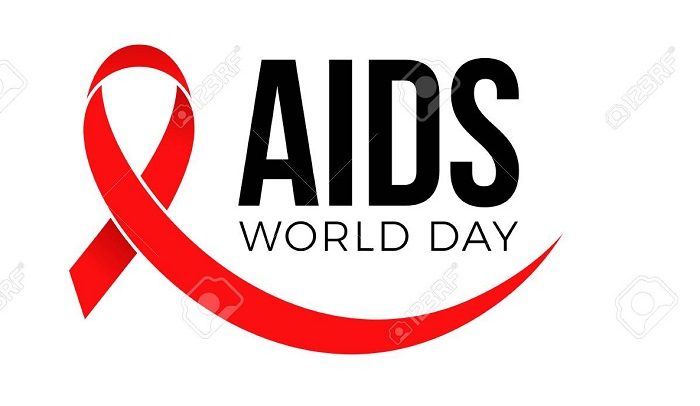DESPITE THE rapid scale-up of antiretroviral therapy (ART) since 2000, HIV/AIDS is still the most common cause of death in Sub-Saharan Africa, data from the Global Burden of Disease (GBD), says.
The paper published in Nature, provides precise geographic estimates of HIV prevalence and numbers of people living with HIV to identify priority areas for health care support to reduce the burden of HIV.
The study, conducted at the Institute for Health Metrics and Evaluation (IHME) at the University of Washington and funded by the Bill & Melinda Gates Foundation, is the first to map HIV prevalence among adults between the ages 15-49 comprehensively at agranular, sub-national level for all 47 countries in sub-Saharan Africa.
Since 2015, the World Health Organization has recommended ART for all people living with HIV because early treatment enables them to live longer and healthier lives and reduces the potential for transmitting the virus.
Despite the rapid scale-up of ART, 34 percent of people in East and Southern Africa and 60 percent of people in West and Central Africa living with HIV are not currently on treatment, according to UNICEF.
Growing population size and continued high incidence of HIV infection, combined with increased life expectancy among people living with HIV (PLHIV), has led to an increase in PLHIV in sub-Saharan Africa.
DGN Online understands that between 2000 and 2017, the number of people aged 15-49 years living with HIV in sub-Saharan Africa increased by 3 million, even as HIV prevalence declined.
“Global funding for HIV/AIDS has declined since 2013, but our research shows the substantial burden that still exists and reveals where geographically targeted interventions might make a big difference,” the report says.
Our goal is to provide robust data that can be used to help prevent future infections and ensure appropriate care for people living with HIV,” said IHME’s Dr. Laura Dwyer-Lindgren, lead author and Assistant Professor of Health Metrics Sciences.
The research is part of the Local Burden of Disease project at IHME led by Dr. Simon I. Hay, Director of Geospatial Science at IHME and Professor of Health Metrics Sciences at the University of Washington.
By DGN Online

